How To Get Back On Your Feet After Failure
When life strikes you down, it feels like the whole world is crashing inwards. Trust me I’ve been there more times than I can count. In the moment, there are a million thoughts racing through your head. How could this happen to me? I’m so screwed. What do I do next? In today’s blog post, we’ll be going over a 4 step process for getting back on your feet after failure.
Table of Contents
Breathe
The first 20 minutes are often the worst. This is when your body detects psychological danger and your fight or flight reflex is activated.
What is the fight or flight reflex?
To put it simply, it’s your body’s way of trying to keep you safe once it senses danger. It doesn’t have to be a physical danger, it also applies to mental stresses. Here are a few things that happen once this reflex is engaged:
- Dilated pupils
- Increased heart rate/breathing
- Tunnel vision
Now, the first step in the process of getting back up is calming this response down. There are many ways to do this, but in this type of tense situation, I like to go for the simplest solution. So, what do we do? Pay attention to our breath.
Healthline has written a great article on 8 breathing exercises to calm down anxiety. I highly recommend giving that article a read. Personally, my favourite is the belly breathing technique! It goes like this:
- Lie on the floor with pillows underneath your head and knees
- Place one hand on your belly and another over your heart
- Inhale and exhale deeply through your nose, (notice the rise of fall of your belly!)
Don’t underestimate the power of this quick technique. It has saved me from so many mental breakdowns. Let’s move on to the next step.
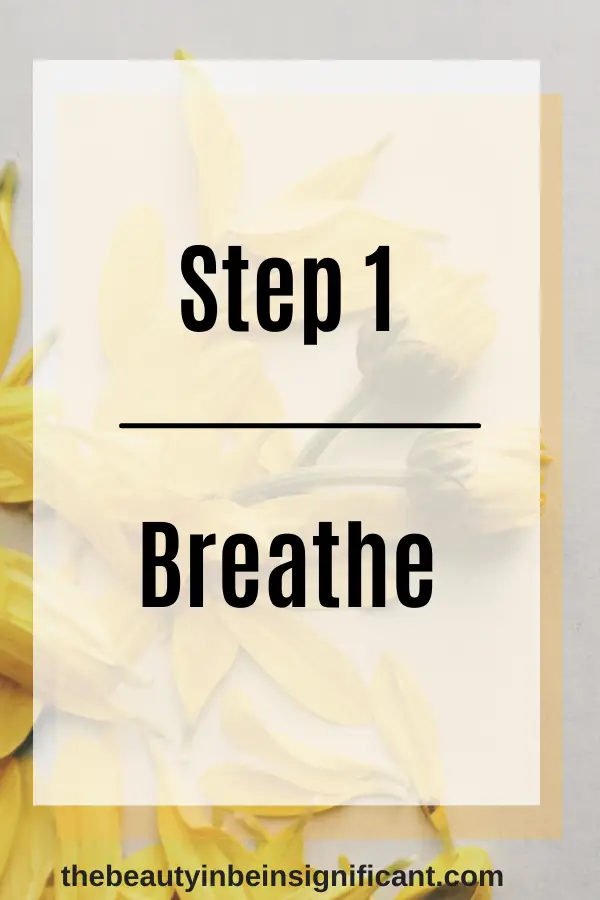
Take some time for self-care
This is where a lot of people take the wrong turn. They calm themselves down at the moment and then jump straight into trying to solve their problems. The issue with this is that, once you get back into problem-solving mode, you’re going to stress yourself out again reactivating the fight or flight reflex.
You need to give yourself a break to allow things to normalise because repeated activation of this reflex in a short period of time can lead to a whole host of long-term issues such as chronic anxiety, fatigue, and heart problems. I’d recommend taking some time out for self-care.
Some of my go-to self-care techniques for when life has pushed me to the limits include:
Calling friends/family
Personally, my instinct when I’ve experienced failure is to withdraw. To isolate myself from the whole world and deal with the problem myself. However, I’ve come to realise the benefits of surrounding yourself with people during difficult times.
Studies show that laughing with your loved ones leads to your brain producing feel good hormones called endorphins. These chemicals help with alleviating both mental and physical pain as well as triggering feelings of togetherness. An essential ingredient to getting back up on your feet.
Useful articles:
Laughter releases ‘feel good hormones’ to promote social bonding (medicalnewstoday.com)
How Friends Relieve Stress and Help Us Cope | The Healthy
Cooking
Another symptom of the fight or flight reflex is the suppression of appetite. That’s why we don’t necessarily feel hungry when we’re stressed out. However, in this situation, we need to actively work against these instincts. So I highly recommend cooking!
The act of cooking itself is enough to reduce stress since it engages our senses. For me, the smell of my favourite foods brings back tons of positive memories from my childhood, and always puts me in a better mood.
How Cooking Can Help Relieve Stress | Dana-Farber Cancer Institute (dana-farber.org)
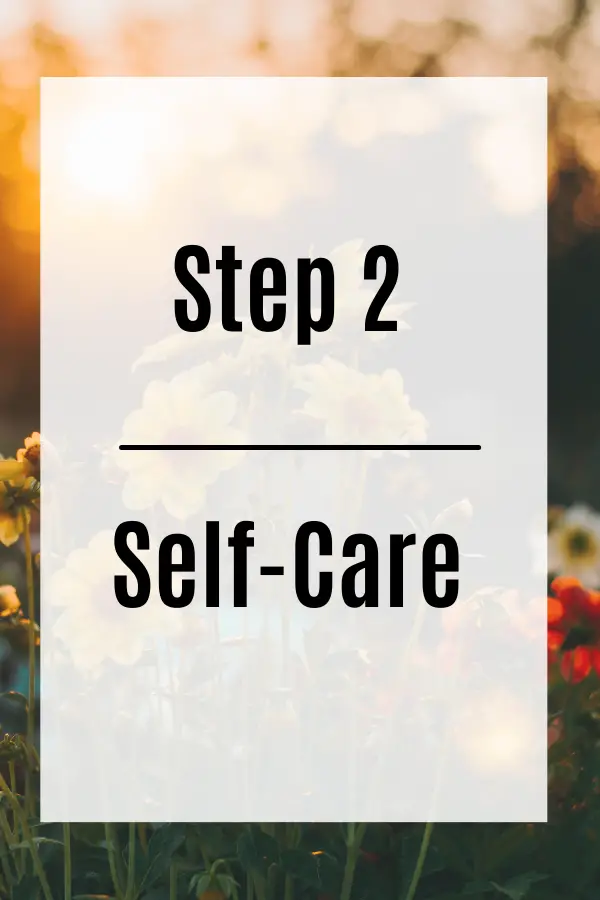
Reflect
Now that we’re in a much better mental state, we can begin to look back on our failure from an objective standpoint. For this point, it’s very important that you reflect and not dwell. The purpose of this is to see what we can learn from the experience, not beat ourselves up for what happened. I recommend the use of a journal for this part of the process.
Useful article:
5 Amazing Prompts To Inspire Your Future Self Journaling (2021)
To be honest, I wasn’t always a believer in the power of journals. I thought it was nothing but a waste of time. However, science begs to differ. According to a study by the University of Cambridge, journaling has been seen to improve well-being following a traumatic/stress life event. The act of writing for 20 minutes was enough to boost the psychological health of the participants.
Useful article:
If you use journaling to get you back on your feet, then I’d recommend answering this main question first! How well do you cope with failure? I want you to give it some honest thought. Are you someone who dwells on the past, are you able to take constructive feedback? If you’re interested in knowing the answer, then I highly recommend taking this quiz below.
Some other questions that you’ll need to ask yourself include the following:
- What were my actions leading up to the failure event?
- What lessons have we learned?
Simply answering these questions allows you not only to keep yourself accountable for your actions (not passing the blame to anyone else), but also you to learn from the experience.
Useful article:
Why accountability is important to understanding failure
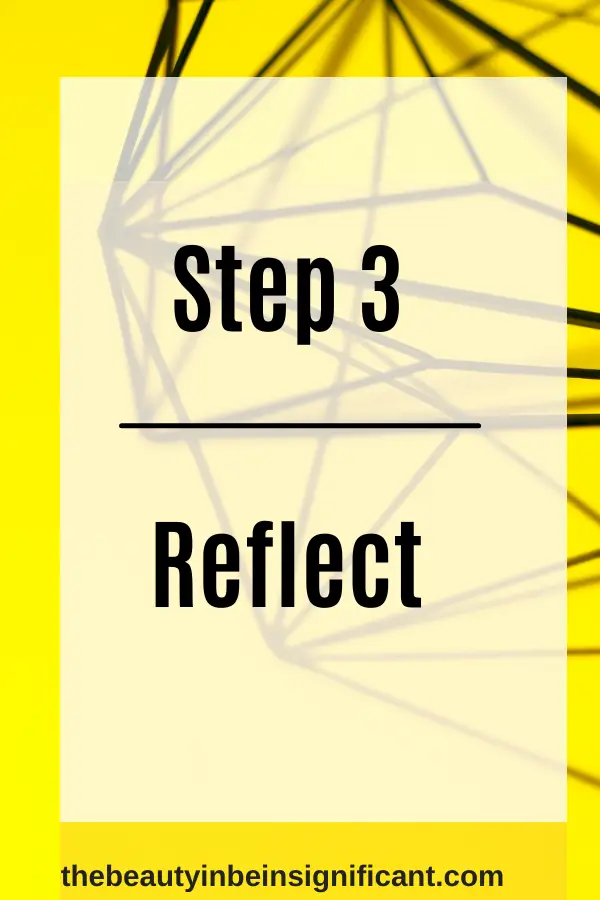
Make a plan
Funny enough, this is the step where most people tend to jump to once they fail. However, as I’ve shown it comes later down the line. There are many tools online used for setting goals. One of my absolute favourite being the SMART technique.
SMART Goals – Time Management Training From MindTools.com
Personally, when I start my planning to get back up, I always ask myself three questions in exact order.
- What do I want to do now?
- Why do I want to do it?
- How am I going to do it?
Sounds simple right? That’s the point. A lot of us tend to complicate the planning process, eventually getting stuck. We want to come up with the perfect plan so that we won’t fail again. However, this just doesn’t exist. Chasing perfection will only cause you more anxiety. Once you have a feasible idea, you need to start making actionable steps to making it a reality!
Useful article:
Perfection is an illusion: There will never be a right time to start.
5 reasons why you should chase progress, not perfection

Conclusion
In summary, to get you back on your feet after failure, you need to do the following. Step 1, take a second to collect yourself. Breathing is a quick hack to help you get there. Step 2, once you get there, don’t be tempted to run out the gate, take some time out for self-care. When you’re in a more stable mental state, you can move on to step 3, reflection. Finally, you’ll need to come up with a plan as part of step 4 to keep you moving forward!
What do you think? Do you use any of these steps to get you feeling better? Let me know in the comments below, I’m curious!
If you enjoyed reading, then do make sure to join the mailing list. You’ll get exclusive access to our weekly newsletter where we further discuss how to redefine failure in society.
Have a great week!
The Insignificant Soul
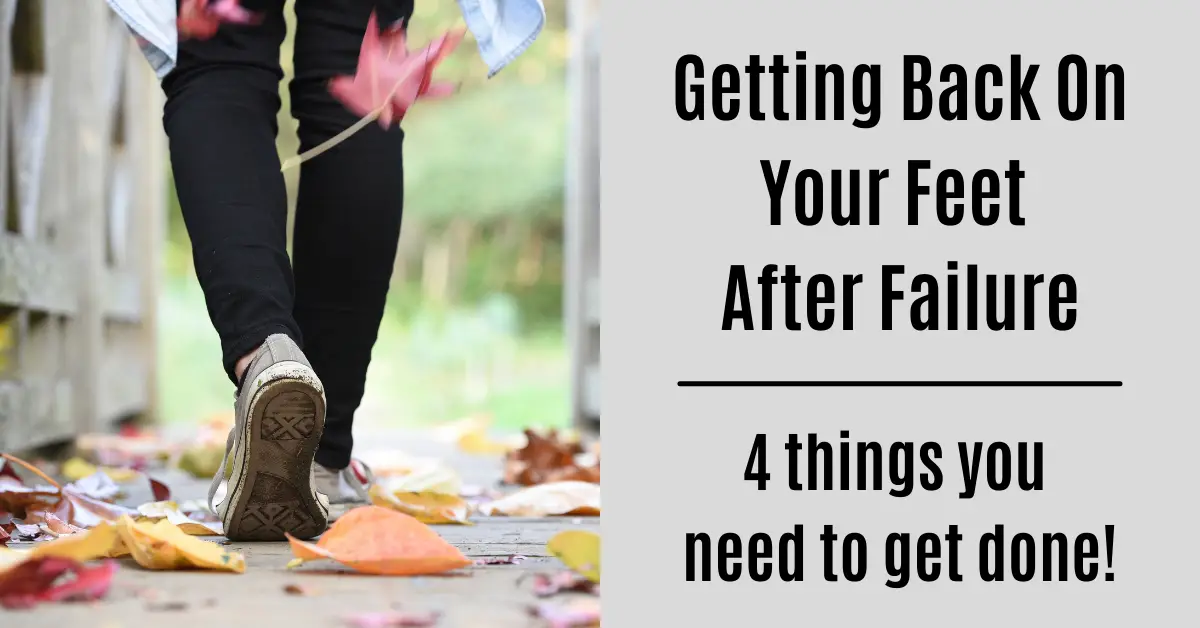
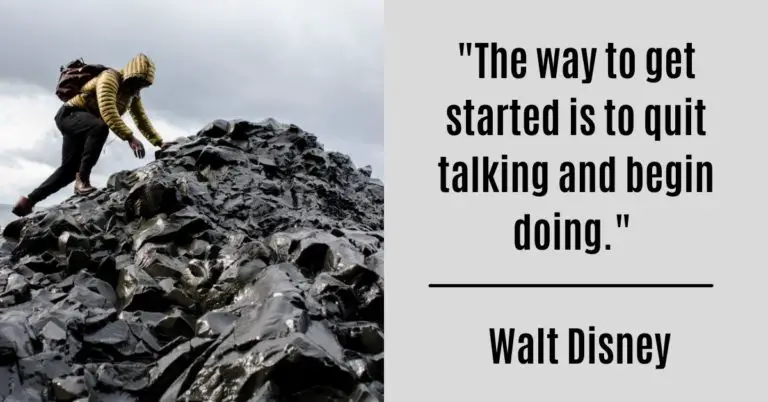
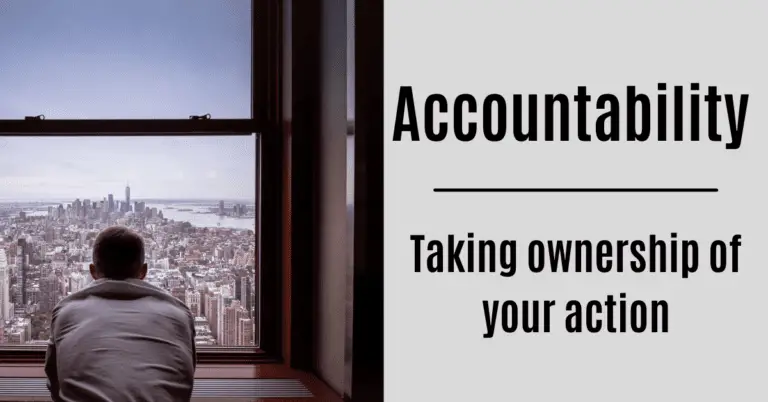

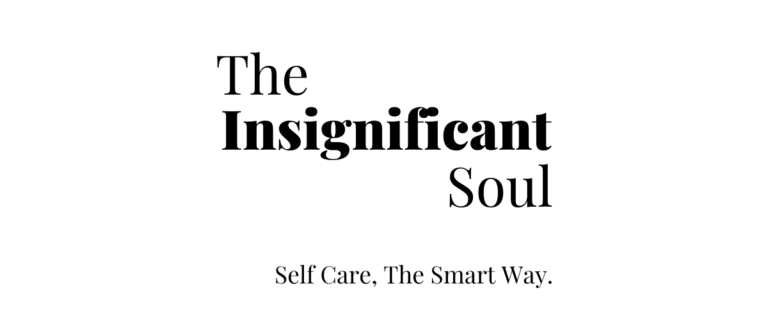
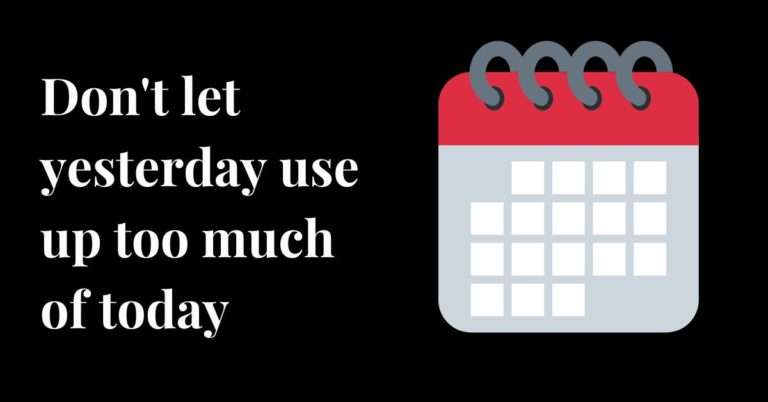

Fantastic post! I struggle so much sith bouncing back after I feel like I have “failed” at something. I’m trying to remember that success is a process with plenty of “faiilures” sprinkled in. Thank you so much for the useful tips!
Great post. As a food blogger I can definitely vouch for cooking help relieve stress!
Very helpful thanks for sharing
Great post. Really appreciated all the points.
Great tips! I think reflection is one we often skip and is definitely a very important one in order to learn and grow x